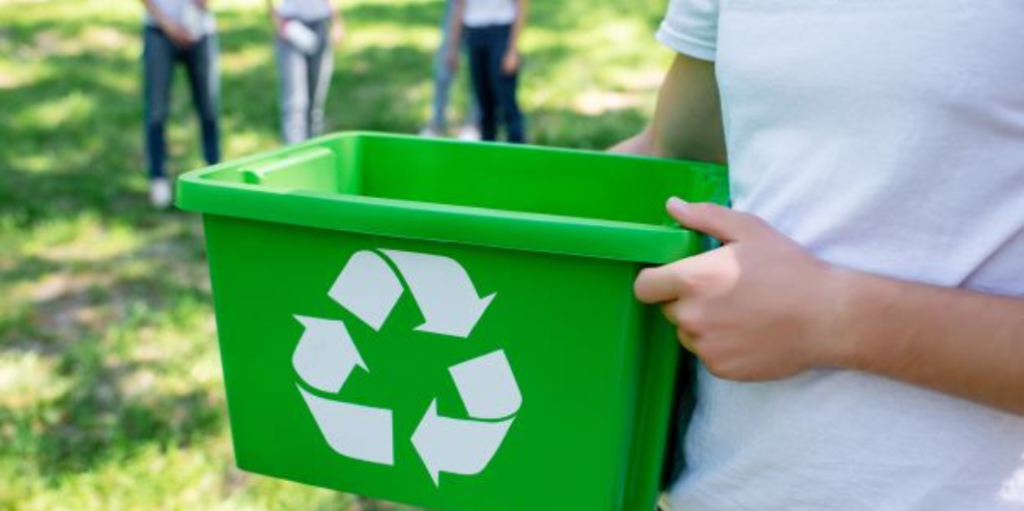HDPE (High-density polyethylene) is a petroleum-based thermoplastic featuring high durability, impact resistance, and a low coefficient of friction that can be used in various applications. Given its superior strength, low cost, and environmental friendliness, HDPE is the plastic of choice for many manufacturers.
Features and Benefits of HDPE
High-density polyethylene, one of the world’s most flexible plastics, comes with many advantages. It’s robust and low maintenance, and safe. HDPE is also moisture, stain, and odor resistant and is FDA approved for use in the food processing industry.
In addition, HDPE is corrosion resistant, which means it won’t rot, splinter, or nurture dangerous bacteria. This essential characteristic makes HDPE ideal for use in locations that come into contact with water, chemicals, solvents, and other fluids.
HDPE is also well known for having a high strength-to-density ratio (between 0.93 and 0.97 g), despite being simple to melt and shape. In addition, it is easily cuttable and machinable to satisfy the requirements of numerous applications.
Finally, HDPE is readily recyclable and can significantly reduce plastic waste and production, like many other engineered plastics.
Popular Uses For HDPE
Among HDPE plastic’s most appealing advantages are its durability and weather resistance. Knowing this, it shouldn’t be a surprise to learn HDPE is also resistant to mold, mildew, rotting, and insects. Because it can be easily molded into almost any shape—HDPE is ideal for any number of products that may spend a lot of time outdoors, making it the number one choice for outdoor furniture. Other popular applications include:
- Trash and recycling bins
- Storage containers
- Compost bins
- Playground equipment
- Plastic lumber
- Plastic automobile parts such as fuel reservoirs
HDPE is also a common material for kitchen accessories used indoors. Cutting boards, shelving, counters, tables, and small appliances are all made out of HDPE plastic in addition to other food and beverage container products.
Food-grade HDPE plastic is FDA, NSF, and USDA-approved and developed specifically to be durable, safe, and need minimal maintenance. Cutting boards made of HDPE plastic often come with textured surfaces that offer sufficient grip for secure food handling.
Frequently Asked Questions About HDPE
While high-density polyethylene may be one of the world’s toughest and most versatile plastics, many people still have questions about specific features. Here are answers to some of the most common questions.
Is HDPE Stronger Than Wood?
Compared to wood, other plastics, and even metal, HDPE has shown to be a stronger, more durable material. Its impact resistance allows it to stand up to stresses that other materials would not. In addition, HDPE won’t scratch or damage and, in most cases, be cleaned with a simple damp cloth.
Is HDPE expensive?
Currently, HDPE prices have fallen victim to worldwide supply chain issues. As a result, prices have risen over the past couple of years, but experts agree that, given time, the price will stabilize and even lower as the supply chain rights.
Taking that into account, HDPE can still be the best choice of material for many projects. However, while metal might be cheaper to purchase now, products made from metal will not last as long as those made from HDPE. For example, a metal storage locker made today will be less expensive than one made from HDPE, but it will need to be replaced more often than that same storage locker would if made from HDPE.
In the long run, HDPE ends up coming out ahead.
At what temperature does HDPE melt?
Depending on grade, tactility, and molecular weight, HDPE can melt at temperatures ranging from about 120°C to 180°C (248°F to 356°F).
Is HDPE flammable?
By itself, HDPE is non-flammable. That said, it will melt and burn in a fire, and molten material may cause flames to spread. Burning HDPE can also give off hazardous fumes.
The preferred extinguishers are foam, carbon dioxide, or dry chemicals.
How safe is HDPE plastic?
Products made of HDPE pose no risk to consumer health and are not known to leach toxins into food or beverages.
Shampoo bottles, soap bottles, and milk or water jugs are everyday items made of HDPE. These tend to be single-use products, so they should be appropriately recycled after use. Typically, these containers can be recycled back into new containers or transformed into plastic timber, pipes, rope, or toys.
HDPE Standard Sizes, Thicknesses, and Colors
Piedmont Plastics offers HDPE in various dimensions, including size, shape, thickness, and color. We also provide CNC cutting services, which can help you increase your yield while lowering your total expenses. So when you speak with us, be sure to inquire about our cut-to-size services.
To Learn More About HDPE At Piedmont Plastics
Piedmont Plastics has an experienced sales staff that is ready to assist you in determining which types of materials are ideal for your particular application. Get in touch with us today if you want to learn more about our HDPE materials and the solutions, they can offer your business.
